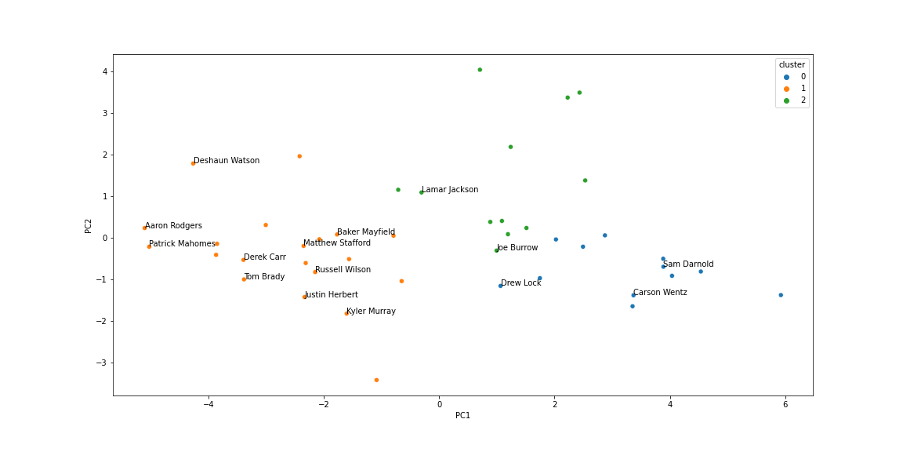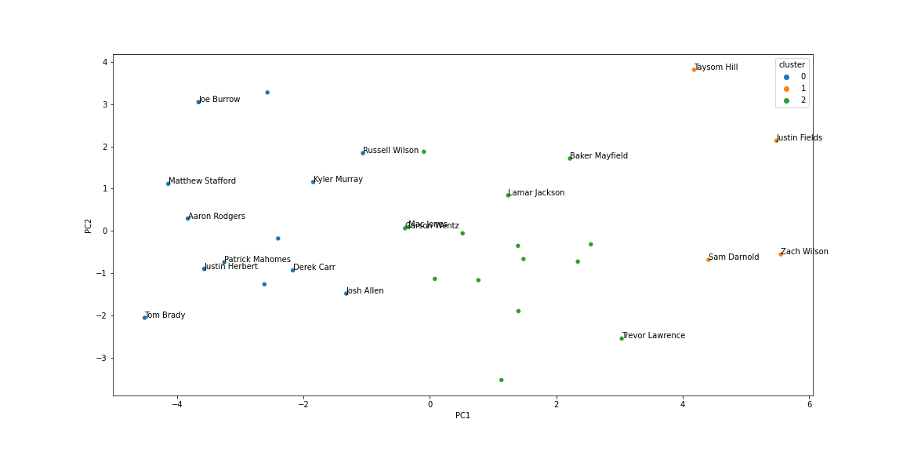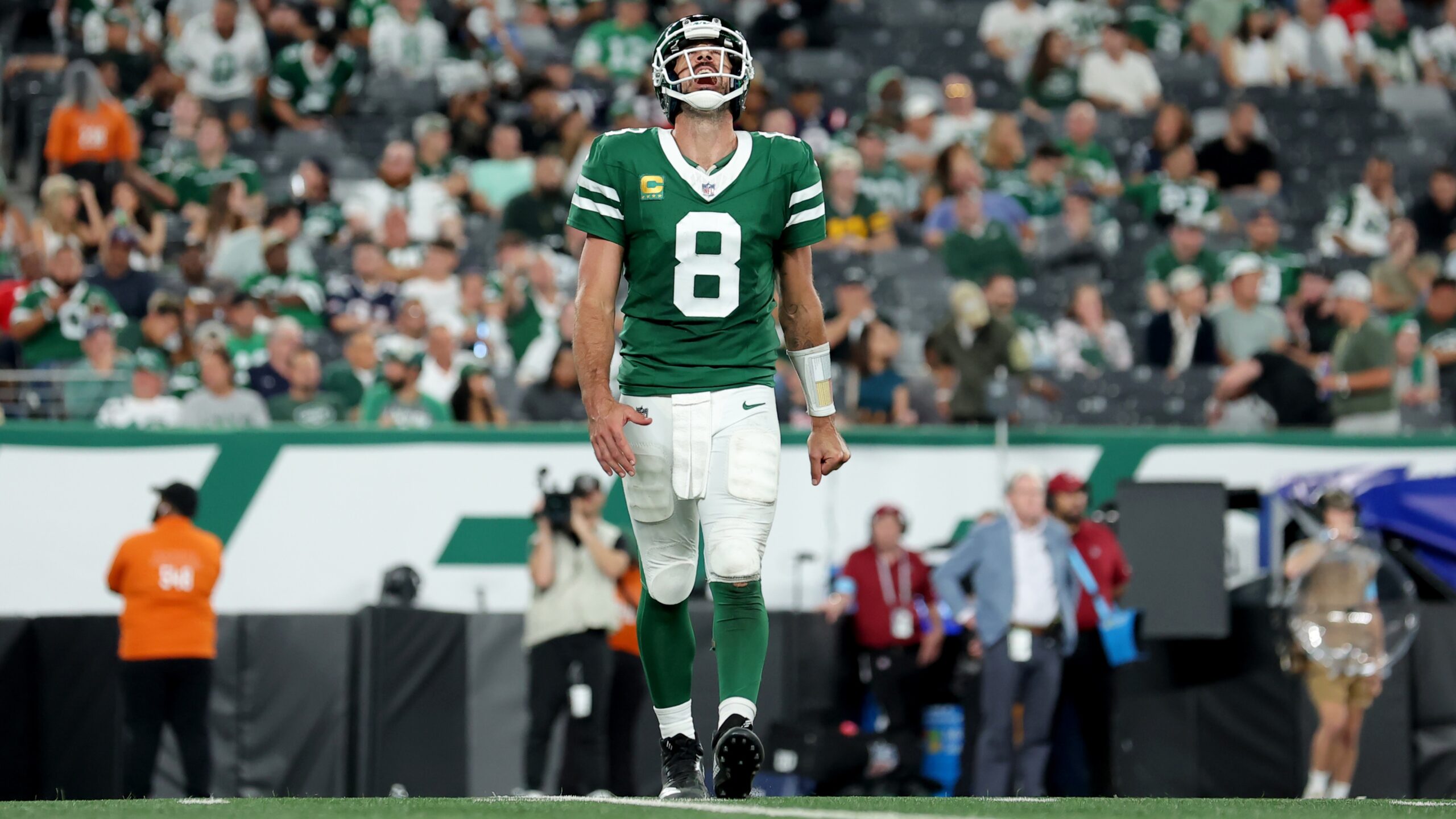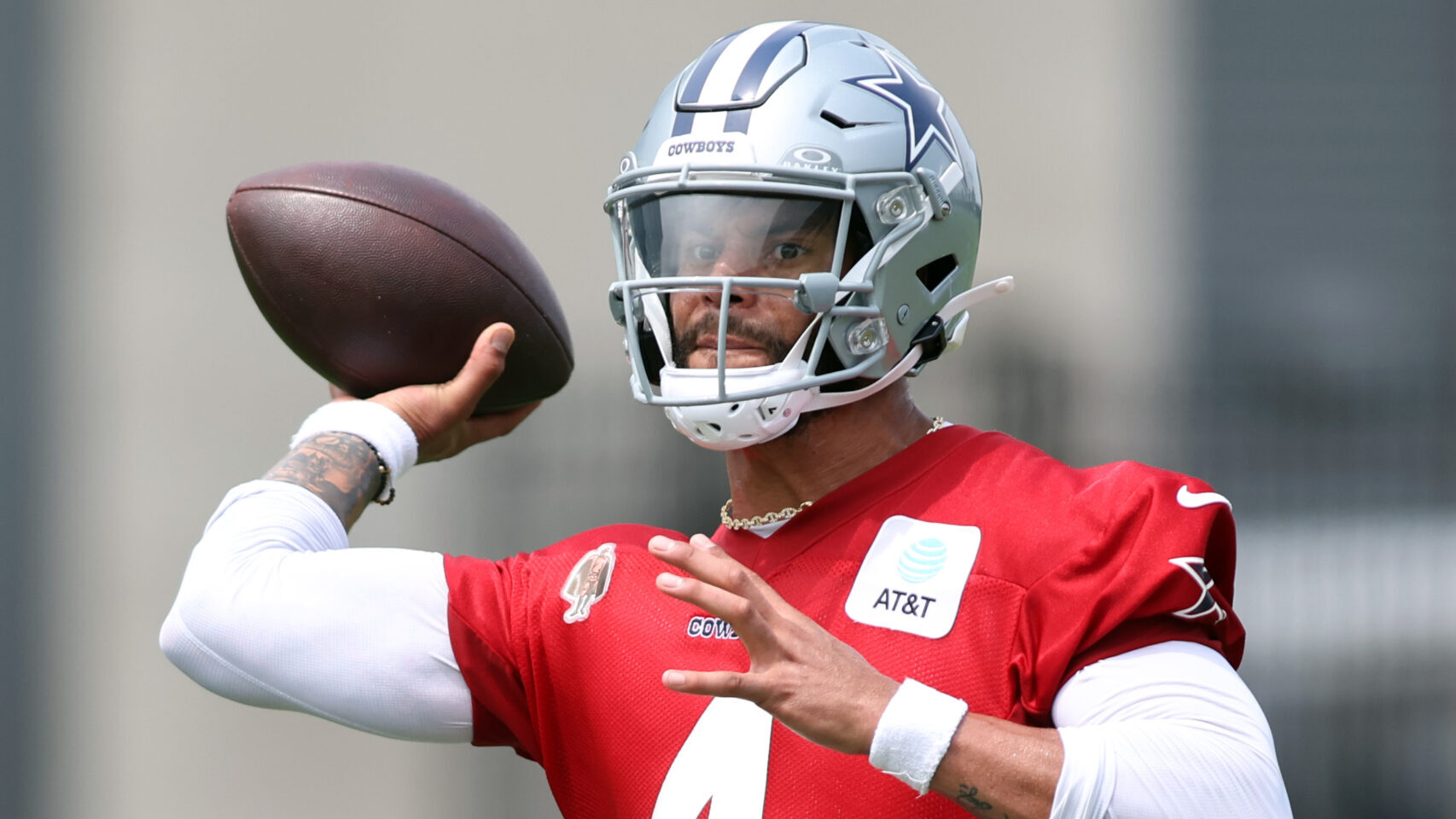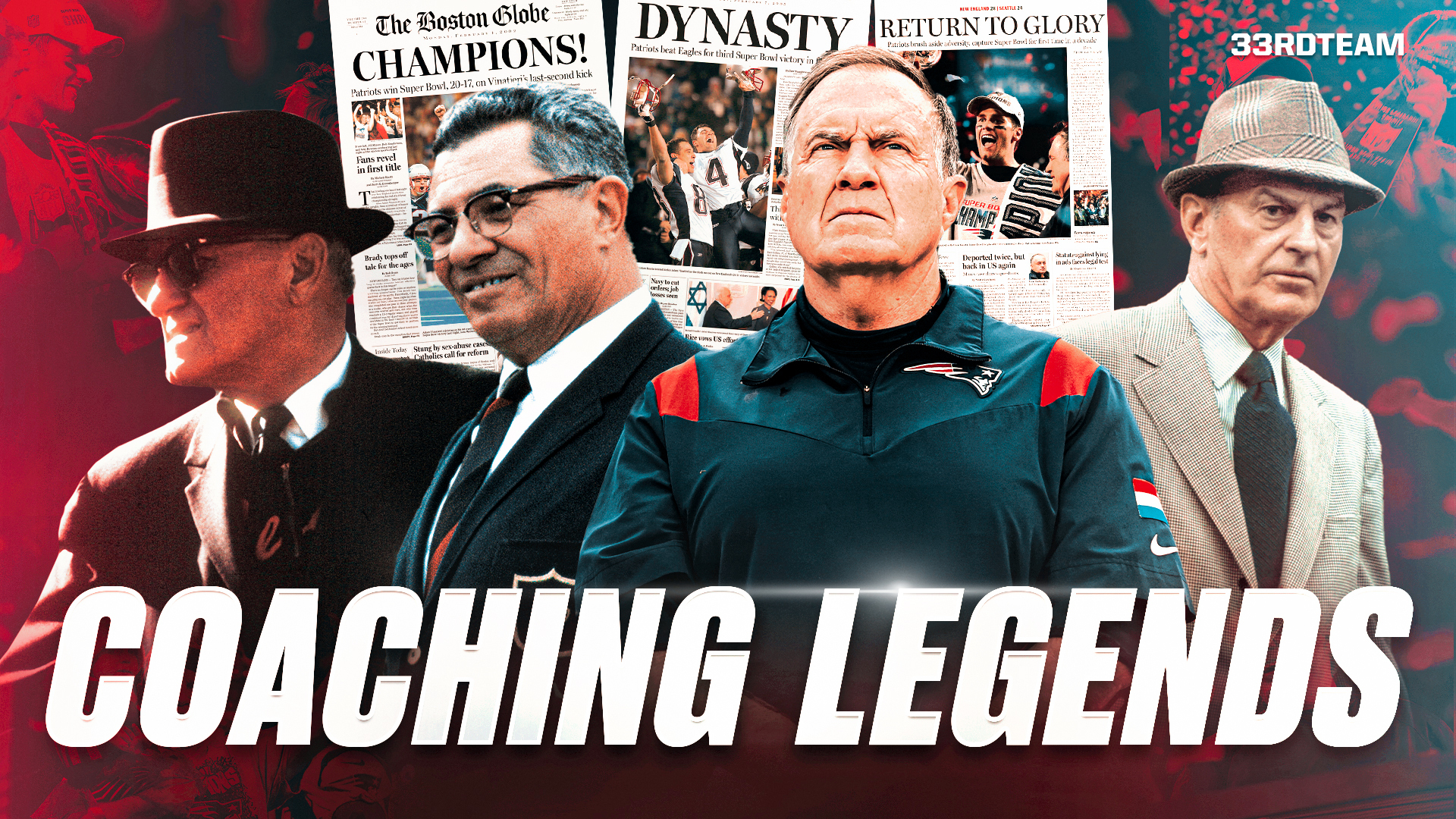Analysis
7/11/22
9 min read
Study: Who Have Been the Best Quarterbacks of the Past Three Seasons?

Just who exactly owns the title of the best quarterback in the NFL is always a hotly debated topic. The debate usually consists of the following formula:
Subjectivity + Objectivity + Bias = Result
The portion of weight that each section receives is entirely up to the individual that is fighting in their player’s corner. However, let's focus on the objectivity part of the debate alone, hence removing all subjectivity and bias.
Objectivity has become a greater part of the debate recently since player statistics have been recorded. Every year, new metrics are being created to try and monitor player performance so that we can attribute a finite calculation towards every motion of the game. Video footage is being recorded and scrutinized frame by frame, gathering intel and data of almost everything each player does or doesn’t do while on the field.
With this greater resource of metrics to compare quarterbacks, let’s utilize a methodology known as “clustering” to see where the top quarterbacks lie for the years 2019, 2020 and 2021.
In order to interpret the below graphs detailing quarterbacks that performed similarly, clustering must be briefly addressed. Clustering is an algorithm used in Data Science that effectively calculates a similarity score between data points. One of its common uses is in predictive text when you are texting and your phone predicts the next word you need or even the rest of the sentence.
Clustering can be applied to the debate of the NFL’s best quarterback and also used in predicting who might be the next best quarterback.
The variables utilized were taken from Pro Football Reference and represent most of the important key performance indicators for quarterbacks, such as Net Yards per Attempt, Completion percentage, Dangerous Throw Percentage etc. The clustering algorithm suggests the optimal number of clusters in your dataset. In this case, it suggested that three clusters can represent the leagues starting quarterbacks pretty well.
For the 2019 season, the below graph was produced:
Each cluster is done based on the data from that season alone. It is also important to note that the visualization of the clusters has been squeezed together in order to best represent all the metrics that were input into the algorithm. This is to say that the chart does not read left to right or up and down — it is only matching players who performed similarly to each other and representing the distance between them. The further apart they are in any direction, the more dissimilar their performance was. For this reason, the X-axis and Y-axis labels can be ignored, and the focus should be on who is close to who?
The 2019 season, when Lamar Jackson was only the second ever unanimous MVP, is the point closest to Patrick Mahomes, the Super Bowl winning quarterback from that season and reigning MVP at the time. It is evident from this graph that being closer to these two players represented where the elite lay. These elite quarterbacks are all in Cluster 1, colored orange.
To see Aaron Rodgers and Tom Brady outside of the elite cluster looking in might be strange, but 2019 was Brady’s final year in New England and was a bitter disappointment for both player and club.
The 2019 season was also one in which the Green Bay Packers determined it might be time to draft Aaron Rodgers’ replacement.
That middling cluster represented what at the time almost looked like a possible changing of the guard. Brady and Rodgers were kept company by Josh Allen, Sam Darnold and Baker Mayfield. The movement of these quarterbacks over the course of the next two seasons is one to keep up with and is perhaps a fascinating case study on its own.
This point in time spoke to when all three of the Browns, Jets and Bills thought they had come away with their new saviors — all the while the quarterback that was selected with the final pick of the first round that year stole all the MVP votes.
Josh Rosen is in the final cluster, almost in a world of his own to the right-hand side of the graph.
The 2020 season was the next to be clustered and it produced the following results:
There are some notable shifts in the chart as to players' performance season on season.
- Brady has now moved into the elite cluster in his first season with Tampa Bay.
- Aaron Rodgers, the season's MVP appears to lead the elite cluster in further distance to the lowest cluster.
- Mahomes was consistently elite in 2019 and 2020.
- Both Kyler Murray and Baker Mayfield also moved into the highest cluster. Mayfield showed the exact progression you would want from a first-round pick in their first three seasons moving closer and closer to Mahomes’ data point with each season.
- Russell Wilson whilst still being in the top cluster, moved closer to the middle cluster.
- Derek Carr might be as consistent as any quarterback through both seasons. Consistently in the upper echelon also, despite the apparent dismissal he gets from outside of the Raiders as a franchise quarterback.
- Lamar Jackson’s performance significantly regressed to the mean after his legendary 2019 season. This is to be expected to a certain degree but the sheer distance he has moved in the graph may cause concern. Is this a trend or an anomaly?
- Through two seasons the data considers Matthew Stafford to be amongst the top quarterbacks. Just a reminder that both seasons so far were prior to Stafford being traded to the Rams and winning a Super Bowl. Did the Rams utilize this data?
- Sam Darnold’s progression plummeted drastically this season. The Jets were an unmitigated disaster in 2020 and this proved ultimately to be Darnold’s final season there. Darnold’s drop off compared to both Allen and Mayfield (in 2019 they were clustered very closely) is a reminder as to how this is a team sport and whilst the quarterback should be held responsible, they may also be subject to their total surroundings.
- Justin Herbert made his debut season in the elite category. He was not just elite for a rookie quarterback, but elite for any quarterback.
- Burrow began his career in the middle cluster, respectable for any rookie. His season was cut short due to injury however and so this data point has limited data compared to others.
This takes us to 2021, which is fascinating on many counts:
- The rookie first round quarterbacks did not fare well outside of Mac Jones. Wilson, Lawrence, and Fields were all similarly clustered in the worst tier but still had quite a distance between them. This is to state that while they all struggled, they all struggled in different ways. At a push, Lawrence was included to the middling cluster but appears to be hanging on by a thread.
- Mac Jones and Carson Wentz had nearly identical data points, equating to little or no distance between them. They were both in the middle cluster. While Wentz gets a lot of negative publicity and was jettisoned from the Colts after this season, this feels like an incredibly accurate result of the clustering.
- Baker Mayfield followed his debut season in the elite cluster by falling to the border of the middle to bottom cluster. Mayfield’s previous trajectory had him moving to the top category where you would hope he could stay but this is perhaps the greatest sign yet to not rush to pay your quarterback elite money before they are consistently elite. Mayfield’s season was marred by injury and so the drop-off might also be the anomaly. The amazing thing is, Mayfield might not have a data point in 2022, two years removed from being in the elite cluster and this time not due to injury.
- Russell Wilson has now been on a downward trajectory for two seasons. For a player that will be turning thirty-four in the upcoming season, that is a major concern.
- Darnold in his fourth year and in new surroundings still performed poorly. His trajectory in the three graphs offers no positive conclusions.
- The elite cluster is represented by the league's best players but in 2021 the distance between those quarterbacks is greater than in previous years. This again is to say they all earned their elite status through differing qualities.
- The 2021 clustering graph states that Joe Burrow is more similar to Matthew Stafford than he is Tom Brady.
- Moving to more positive displays, Aaron Rodgers (the consecutive MVP) maintained his elite play on the left-hand side of the graph.
- Kyler Murray continues to be in the upper echelon but has yet to set the standard for the elite cluster.
- Josh Allen has a similar distance to the middle cluster as Kyler Murray. Perhaps this is a sign that recency bias is strong within the NFL community. Allen had a stellar conclusion to his playoffs, but this perhaps skirted over the fact that the Bills actually struggled to get going on offense in many games during the season. This is not a knock on Allen, he is still on the right side of the elite border. But he has yet to string a full season that pitches him as the top dog. His trajectory in the three graphs is incredibly promising and contradictory to his fellow draft mates, Mayfield, Darnold and Jackson.
- Herbert, Mahomes and Carr are all very similar clustered in the top tier. Enjoy the AFC West!
Clustering is incredibly powerful and should be used when trying to determine the trajectory of your team's quarterback and who they perform most similarly to. It can be used to determine the price of contracts and the next few editions of the series will do just that as we try to determine just what the likes of Kyler Murray and Lamar Jackson should be receiving.
So how similar is being subjective to objective in the debate for the league's best quarterback? Well, that’s subjective.
In this case, the objectiveness of the clustering data has determined the three tiers of starting NFL quarterbacks well each season. It’s well lined up with the subjective tiers that would be created.
Where it gets interesting is the specifics of those clusters. Debating over Mac Jones not being the next Carson Wentz and Burrow being more similar to Brady or Stafford can now actually be quantified.
Taking a quick rain check on Allen being the league's best quarterback is possibly necessary after performing the clustering.


